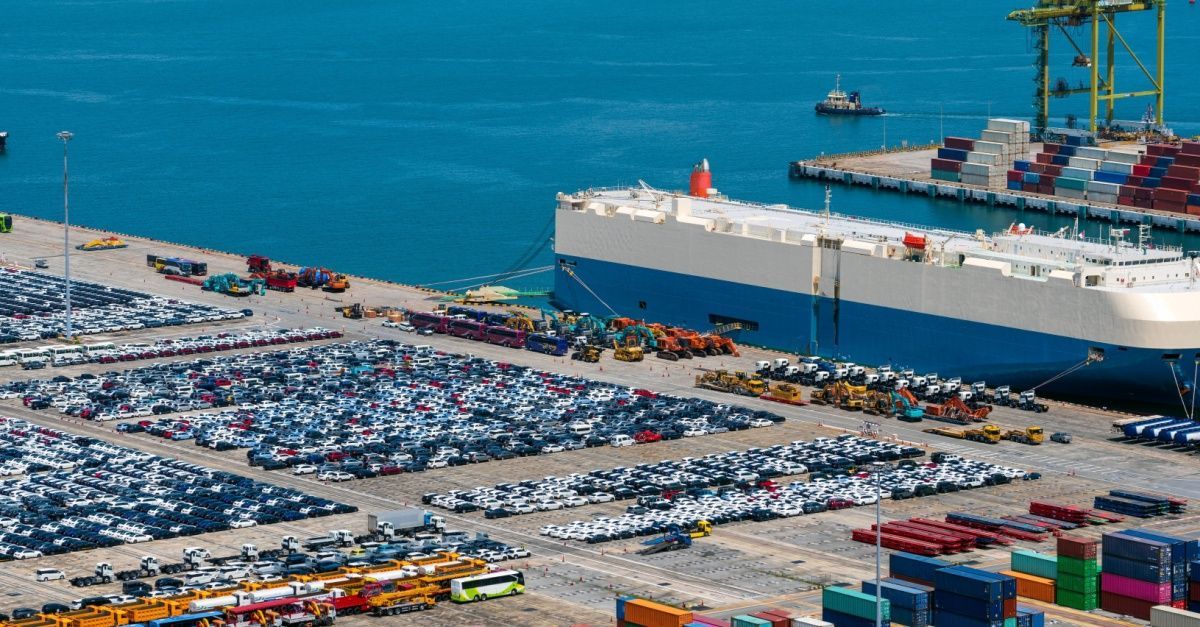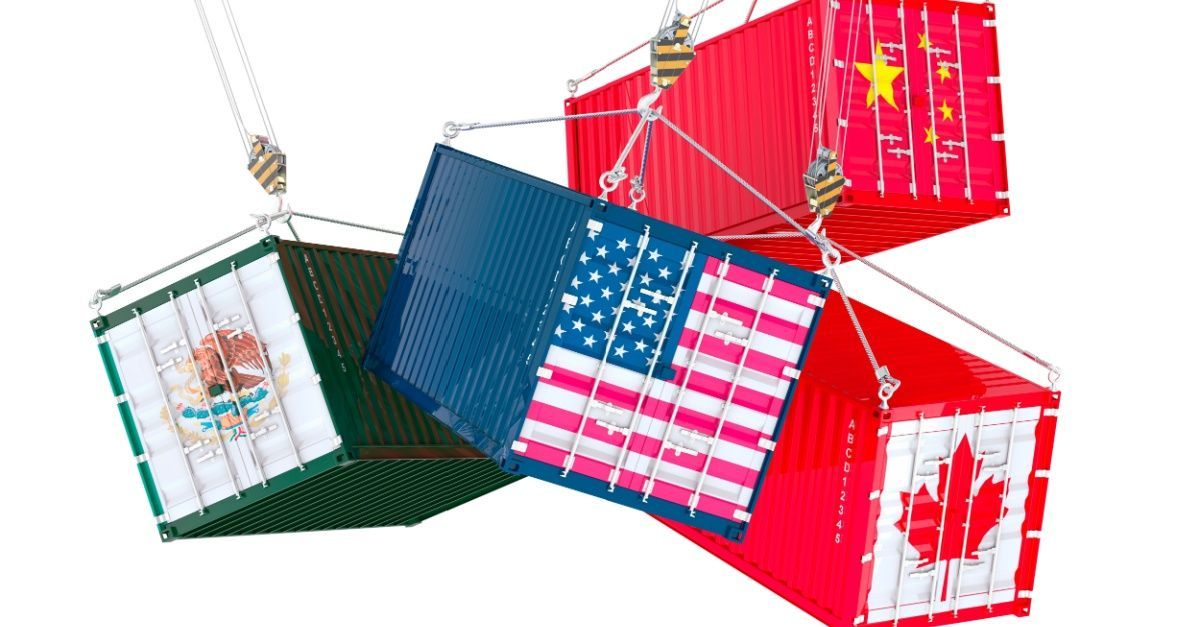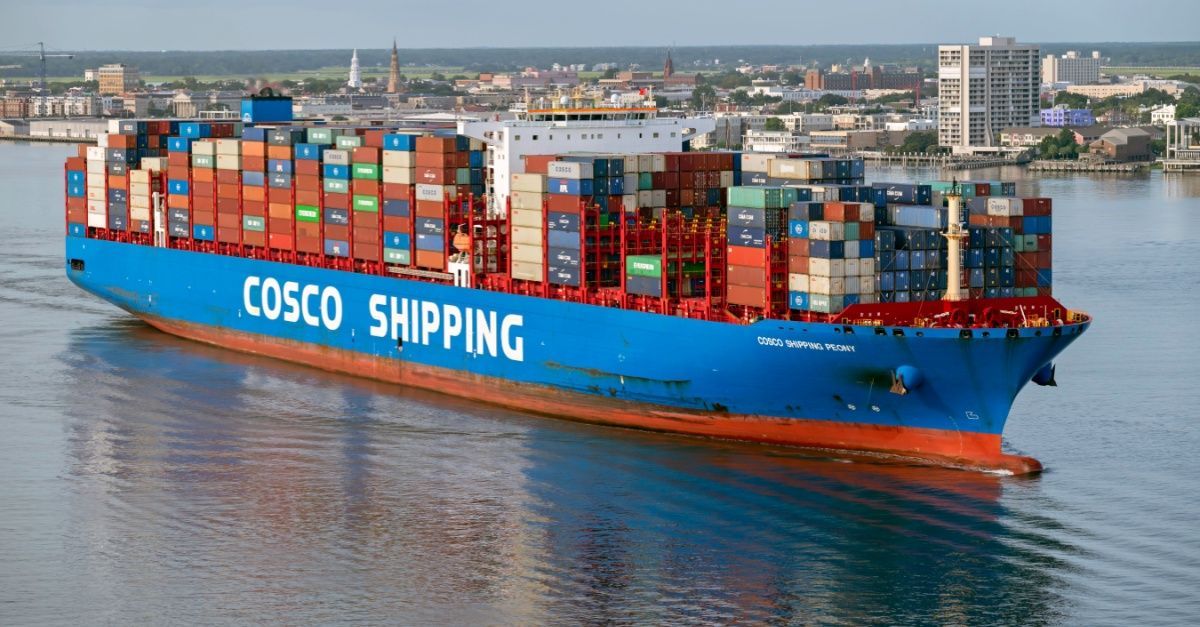ILA Strike Short Lived as Port Leaders Promise Smooth Operations
Blog Post CTA
Oct. 1, 2024, marked history as the ILA commenced its first labor strike in over half a century. However, with consistent pressure from the Biden administration and other industry leaders, the ILA and USMX reached a consensus on a tentative agreement to return to operations until Jan. 15, 2024.
This edition of our newsletter covers all the highlights from the ILA strike, the agreement, and how the industry reacted to the brief strike.
East and Gulf Coast Ports Reopen as Tentative ILA Contract Reached
The dockworkers' strike, the first of its kind since 1977, ended abruptly as the International Longshoremen's Association (ILA) and the United States Maritime Alliance (USMX) reached a tentative agreement on the evening of Thursday, Oct. 3. Although the strike lasted only three days, it halted vital shipping operations at 36 ports along the East and Gulf Coasts. It also negatively impacted container and roll-on/roll-off (ro-ro) handling.
The new agreement includes a 61% wage increase, equating to $4 per hour over six years, but it will extend the master contract until January 2025. Following the strike, it was clear that the implications of an extended strike could have devastating effects on the economy, ensuring a tentative deal was swiftly agreed to.
The tentative agreement demands ratification from the union members, but fears of extended port closures and supply chain disruptions have eased so far. Key business groups welcomed the news, highlighting the importance of avoiding future disruptions to the U.S. economy.
East and Gulf Coast Port Leaders Promise Smooth Operations Post-Strike
Following the three-day strike and the tentative agreement reached by the ILA and USMX, ports along the East and Gulf coasts prepare for a quick recovery. Fortunately, the strike was not long enough to severely complicate shipping operations, which could have taken months to untangle. For instance, the ripple effects of the pandemic hurt supply chain operations for a couple of years beyond the actual logistics bottlenecks.
With the agreement, both parties will continue with the current contract terms until Jan. 15, 2025, allowing the ports to address a backlog that entails over 60 ships. It helped that many shippers managed to divert goods to other ports, especially to the ports of LA and Long Beach.
Port leaders across the East and Gulf Coast ports
anticipate a return to normal operations within days, thanks to spare capacity and efforts to manage delayed vessels. However, despite the temporary peace, unresolved automation concerns may cause future disruptions.
ILA Continues Fight Against Automation Amid Post-Strike Port Delays
Despite the tentative agreement reached on Oct. 3, including a substantial 61.5% wage increase over six years, the ILA has continued the battle against port automation. The union declined to accept the contract offer immediately to avoid being trapped by the no-strike clause, which could impact their ability to address other job security concerns, particularly that of automation.
Automation’s impact on jobs remains a threat for the union and a major sticking point, as it seeks to protect positions like crane operation and equipment servicing from being outsourced or automated. Following the three-day strike, ports along the East and Gulf Coast saw significant congestion as major shipping lines like CMA CGM, MSC, Hapag-Lloyd, and Maersk had to adjust operations, reroute cargo, and temporarily suspend surcharges to manage the backlog.
Considering how impactful the three-day strike was, the
USMX may be more amenable to the ILA terms when negotiations resume before the new Jan. 15 deadline, a period likely to coincide with increased shipping demand ahead of the Chinese New Year.
Industry Praises Tentative Agreement Ending East and Gulf Coast Port Strike
Following the short-lived ILA strike that grounded over 60 ships along the East and Gulf Coast ports, industry leaders have expressed relief and heaped praise on the new deal. The deal includes an extension of the master contract until Jan. 15, 2025, allowing time for further negotiations on unresolved issues. The strike led to operational adjustments by ports and carriers, with some shippers moving cargo early and frontloading inventories for the peak season.
Now that ports are reopening, industry stakeholders expressed relief. President Biden, Acting Labor Secretary Julie Su, and Transportation Secretary Pete Buttigieg
praised the agreement, emphasizing the importance of collective bargaining and the resumption of vital supply chains, particularly for regions impacted by Hurricane Helene.
Industry Leaders Expect Truckload Rate Hikes in 2025 After Prolonged Decline
Industry executives' predictions for the US truckload industry at the Journal of Commerce Inland Distribution Conference (Inland24) skewed towards a slow recovery, with mid-single-digit percentage rate increases expected in 2025. This prediction comes even as the spot truckload market continues to see minimal rate improvements, which have been flat since mid-2023 due to excess capacity. Kendra Walker, CEO of Truckstop.com, noted resilience among small truckers, keeping spot rates low.
Executives like Adam Miller of Knight-Swift Transportation and Jim Filter of Schneider National expect a gradual shift toward market equilibrium, with contract rate increases expected to start in early 2025. Some experts believe that Hurricane Helene’s impact and the recent East and Gulf Coast dockworker strike could further accelerate this trend.
North American truckload carriers, which saw revenue drop in 2023, are expected to see revenues rise by 7.2% in 2025. Less-than-truckload (LTL) carriers, which benefit from reduced capacity after Yellow’s bankruptcy, are forecasted to perform even better.
Cargo Theft Expected to Surge During Peak Shipping Season
After a recording-breaking year of breaches in various logistics and supply chain security, industry experts and leaders are sounding the alarm on a potentially significant rise in cargo theft during this peak season. Overhaul has reported increased cargo thefts from August, with more escalation expected throughout the fourth quarter.
Danny Ramon of Overhaul attributes this to reduced security measures as companies rush to move goods. He predicts that if the current status quo is not changed, it could lead to a record number of strategic thefts by the year's end. Keith Lewis from CargoNet noted a recent surge, with a spike in weekly thefts, which could bring the annual total close to 4,000 incidents.
According to him, the spike is linked to a rise in holiday shipping, particularly targeting high-value items like electronics. Scott Cornell from Travelers added that cargo thefts have become more strategic and international over the past few years, with organized criminal operations growing in complexity.
Cargo theft in 2024 is already projected to exceed last year's record-breaking levels, with a 1,500% increase in strategic thefts since 2021.
US Warehouse Construction Declines Sharply as Vacancy Rates Rise
The US warehousing sector is experiencing a significant contraction following its pandemic-era expansion. In the third quarter of 2024, industrial real estate construction fell by 43%, marking the steepest drop since 2008, with only 309 million square feet under development, according to Cushman & Wakefield. This decline comes as developers slow their expansion due to rising borrowing costs and companies delaying leasing decisions.
The sector's vacancy rate surged to 6.4%, up from 4.6% the previous year, the highest level since 2014. Warehouse operators also cut 11,000 jobs in September, with employment in storage and distribution falling by 171,600 jobs since its peak in 2022. As consumer demand for goods has waned and inflation has risen, the logistics sector is recalibrating after the pandemic-driven boom in e-commerce.
Developers are increasingly
shifting focus toward data centers to meet the growing demand for artificial intelligence infrastructure. However, industry experts, including Cushman's Jason Price, predict that the reduced warehouse construction could lead to capacity shortages if demand rebounds, signaling a potential market shift in 2025.
Navigating The Freight Market With Entourage Freight Solutions
Entourage Freight Solutions stands out with its extensive background and expertise in food service logistics. Our unique approach, honed in the food supply chain, ensures an unmatched service level and extreme attention to detail in meeting all our shippers’ needs.
Our platforms use the latest cloud-based, GPS-enabled technologies. They can track drivers regardless of location, continuously reroute shipments based on the dynamics at play, such as weather or traffic, and account for real-time changes in market rates. At EFS, we offer a broad range of unsurpassed services. These include:
Full Truck Load (FTL): For shipment requiring a dedicated whole truckload.- Less than truckload (LTL): For companies moving multiple LTL shipments to different locations or consolidating LTL goods from other companies to get a lower all-in rate.
- Refrigerated Trucking or “Reefer” Transportation: Leveraged to avoid spoilage and damage to temperature-sensitive goods.
- Cross Docking: With locations in Shelby, Ohio, Cedar Rapids, Iowa, and Romulus, Michigan, that serve as cross-docks for strategic consolidation, storage, and end-to-end distribution programs.
Request a quote today to see how Entourage Freight Solutions can help with your freight movement and other supply chain needs.









